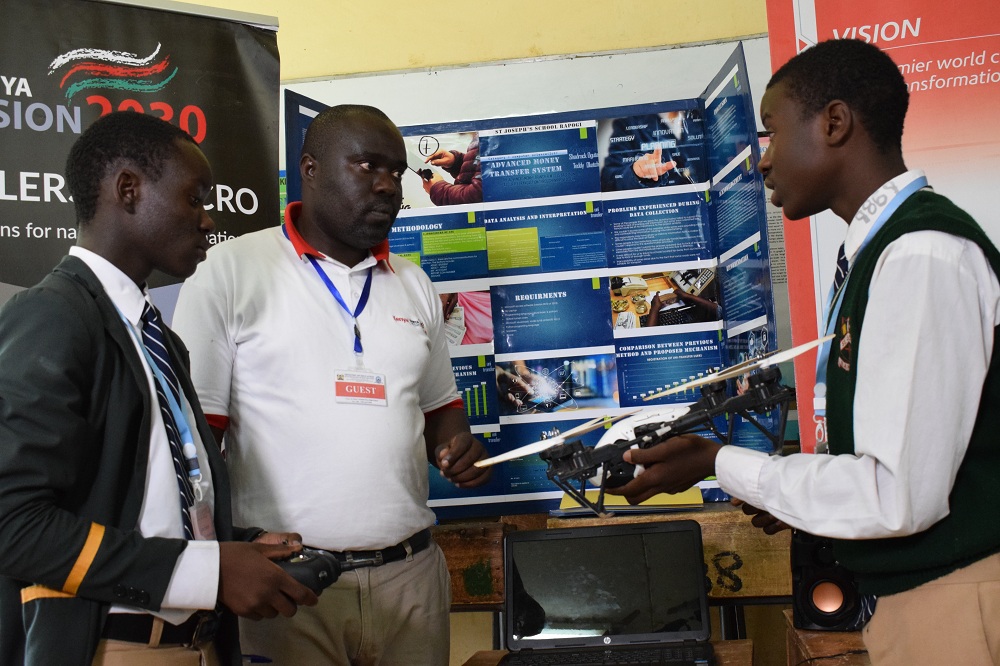The government has been asked to develop special patent regulations for young innovators and scientists to protect their innovations.
Kenya Science and Engineering Fair Executive Secretary Simon Mururi said that this, together with enhancing the young innovators’ knowledge of Intellectual Property (IP) rights would increase the number of local patented innovations, quickening their contribution to Big 4 agenda and realisation of Vision 2030, through Science, Technology, Engineering and Mathematics.
Mururi challenged the Kenya Industrial Property Institute in partnership with the ministries responsible for Education and Industry to formulate relevant policy to protect learners’ inventions that are new and
useful to the economy.
Calling for local content adoption by budding scientists to local problems, he said that innovations at high school level should be nurtured for future Science and Technology and Innovation success stories.
“We need to adopt local content by these budding scientists in solving local problems. A stronger pipeline of scientists and engineers into the labour market increases Kenya’s capacity to create and rely on real local solutions rather than external ones,” saidMururi.
He was speaking at the 56th Kenya Science and Engineering Fair (KSEF), where 704 innovators showcased innovations around Food Security, Health, Housing and Manufacturing on Thursday.
Themed, Science and Technology for the actualisation of Vision 2030, the fair allows young scientists to compete and share scientific and technological ideas and information obtained through reading and doing research.
Graced by young scientists from South Africa, Kenya’s most innovative young minds were drawn from Nairobi, Eastern, Western, and Central, Coast, Rift Valley, North Eastern and Nyanza regions. Nairobi region emerged this year’s winner with SCLP Samaj School taking overall prize.
“Kenya’s continued investment in science and technology is on a good stead. The ratio of science and humanities placement of students to universities and colleges is thinning gradually,” said Mururi, adding that it bodes well for Vision 2030 delivery.
According to latest figures, the number of students selected to pursue science, technology, and mathematics (STEM) courses in Universities and Colleges has increased by 20% to 28,135 compared to 34,716 who will join various courses in humanities.
According to a World Bank Study, Expanding Tertiary Education for Well-Paid Jobs: Competitiveness and Shared Prosperity in Kenya, realisation of the Vision 2030 will only be achieved through increased
absorption of new technologies.
READ: From tenant to landlord: Flight attendant turns rent crisis into big business
The ministry of Education has also doubled STEM model schools to 97 in 47 counties at a cost of Ksh 590 million, with the figure expected to double.
It is expected that quality STEM investment will be crucial in addressing the sustainability issues of poverty reduction, quality and affordable education, clean water and affordable sanitation, climate change mitigation and resilient communities.

